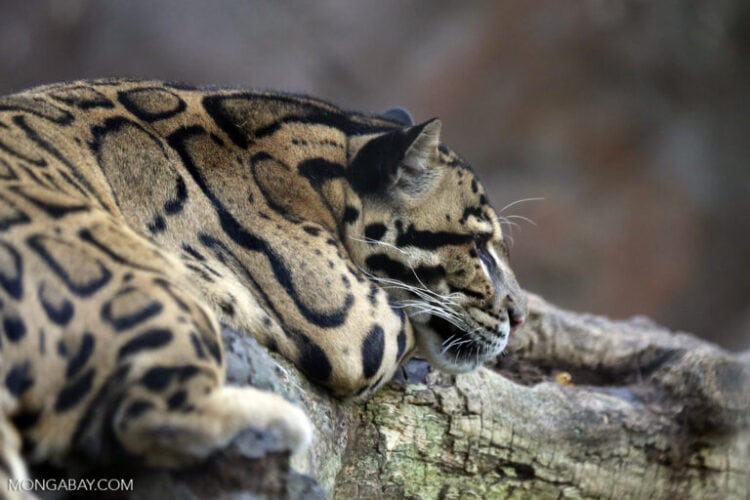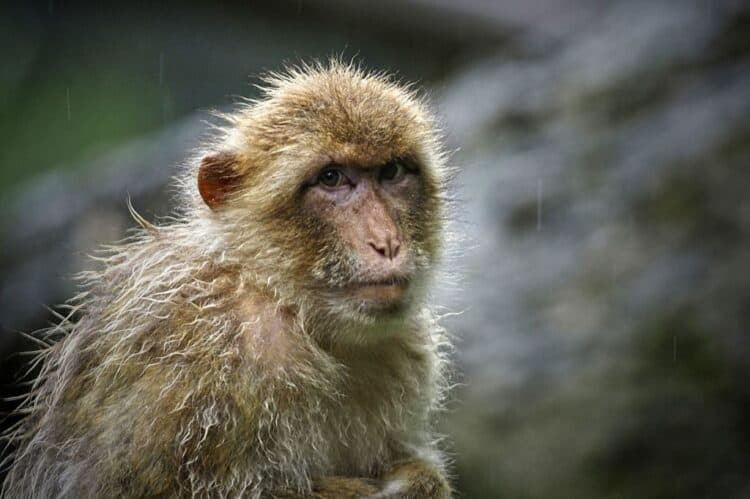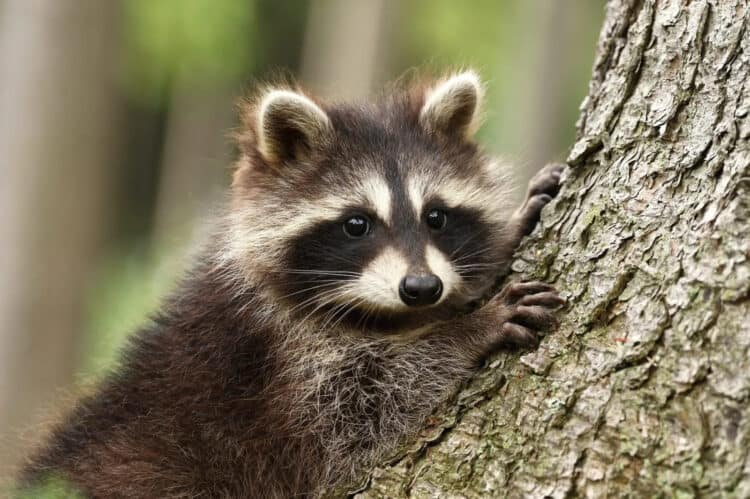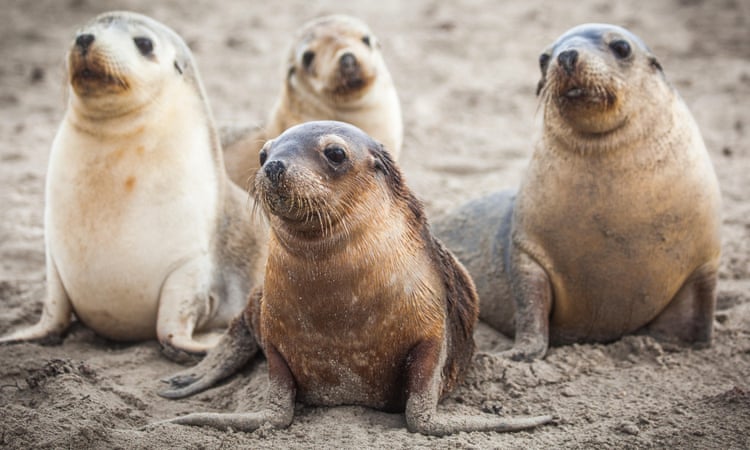In the early 20th century, tens of thousands of Ruddy-headed Geese crowded the deserts of Patagonia. Today, they have become a rare sight. However, they still inhabit the Falkland Islands (Malvinas) in large numbers and some argue that these island-dwellers could be the key to one day repopulating the continental. However, in a blow for the future of this species, a new study reveals reintroduction might not be possible.
When one thinks of Patagonia, majestic glaciers and barren landscapes spring to mind. However, despite the Patagonian steppe being the fourth largest desert in the world, it has a very varied topography. From magnificent mountains to shrublands, from cold temperate forests to glacial lakes, this region is composed of rich landscapes home to numerous species of birds such as the Hooded Grebe Podiceps gallardoi, Austral rail Rallus antarcticus and, of course, Ruddy-headed Goose Chloephaga rubidiceps.
Spring welcomes the arrival of migrant Ruddy-headed Geese to Southern Patagonia. Feeding on stems and leaves in the grasslands, their proximity to agricultural lands landed them into trouble in the 1930s, when the Argentinian government assumed they competed with sheep and cattle stocks for grassland resources. As a result, they were considered a pest, and intense persecution resulted in steep declines in the mainland population. In the meantime, the non-migrant population inhabiting the Falkland Islands (Malvinas) was also being removed – but unlike their migrant continental equivalents, they were able to recover.

While the continental geese numbers were still dwindling from intense persecution, a new problem arose in their breeding grounds. Chilean government started introducing Patagonian grey foxes in Tierra del Fuego in an attempt to control the previously introduced European rabbit populations. Coupled with the increasing habitat loss, mainland populations of Ruddy-headed Geese were unable to reconquer their lost territory.
According to a new study supported by Aves Argentinas (BirdLife Partner), the Ruddy-headed Goose has gone from being described as the most abundant goose in the Patagonian steppe to having a population of around 800 individuals, a 90% decrease since the early 20th century. The continental populations face now an uncertain future as the species struggles to make a comeback because their reproductive activity has diminished significantly. Their first successful nesting in Argentinean part of Tierra del Fuego was recorded just last year, after a period of 20 years with no recorded egg-laying.
Ruddy-headed Geese © Matías Romano
More direct conservation needed
The study also analyses the measures that have been taken to ensure their conservation in the last few decades. The authors took a look at what has been achieved ever since the species was listed as critically endangered in the national Red List of Argentina, and compared the suggested measures to those that were actually implemented. The authors then grouped the measures into three groups: research, management and education.
The measures carried out in their wintering grounds focused on the individual breeding birds, while those carried out in their breeding grounds focused on regaining their reproductive success, mainly through habitat restoration and invasive species management.
The study found that the majority of the suggested actions that have been implemented were mostly those related to research and education, while those related to direct conservation action on the birds or their environment had not been carried out.
The authors concluded that if direct conservation measures are not implemented soon, the survival of the continental population of Ruddy-headed Goose will depend exclusively on the survival of the current adult population.
“Direct measures to favour and increase their reproductive success need to be implemented as soon as possible to ensure the recovery of the continental populations”, said Lali Fassola, Patagonia Programme Coordinator at Aves Argentinas.
Could the island population rescue their continental counterparts?
Some scientists have argued that the mainland population could be “rescued” by the tens of thousands of Ruddy-headed Geese inhabiting the Falkland Islands (Malvinas). Unfortunately, another study suggests that there would be a low probability of recovering continental populations by transferring island individuals to the mainland.
Making use of molecular tools, the study proved that at some point in the late Pleistocene (colloquially known as “Ice Age”), populations of insular and continental Ruddy-headed Geese diverged. As a result, no reproduction seems to have happened between the two in the last million years – despite the short 450km distance between them.
The differences in genetic material coincide with what experts had observed in the wild: while the continental populations are migratory, the islanders are resident, which means it’s unlikely that new individuals will migrate from the islands to the mainland. However, more convincing data may be needed before it can be considered a separate species altogether.
In the meantime Aves Argentinas has been pushing for greater protection of the continental geese in their country, regardless of whether they’re different species.
‘’Will the government let mainland populations disappear while we discuss whether the two populations are genetically distinct?’’, argues Fassola.
In this particular case, the conservation status at regional level shows us a different level of urgency to the global situation. It’s a reminder of why the global Red List is a measure of extinction risk at the species level and should not be used as the sole measure of conservation priority. It also demonstrates the value of national and regional Red Lists to help guide conservation priority-setting at the sub-global level, regardless of the taxonomic debate. For the continental Ruddy-headed Geese, conservation measures can’t come fast enough.
This article was first published by BirdLife International on 22 Nov 2016.







Leave a Reply